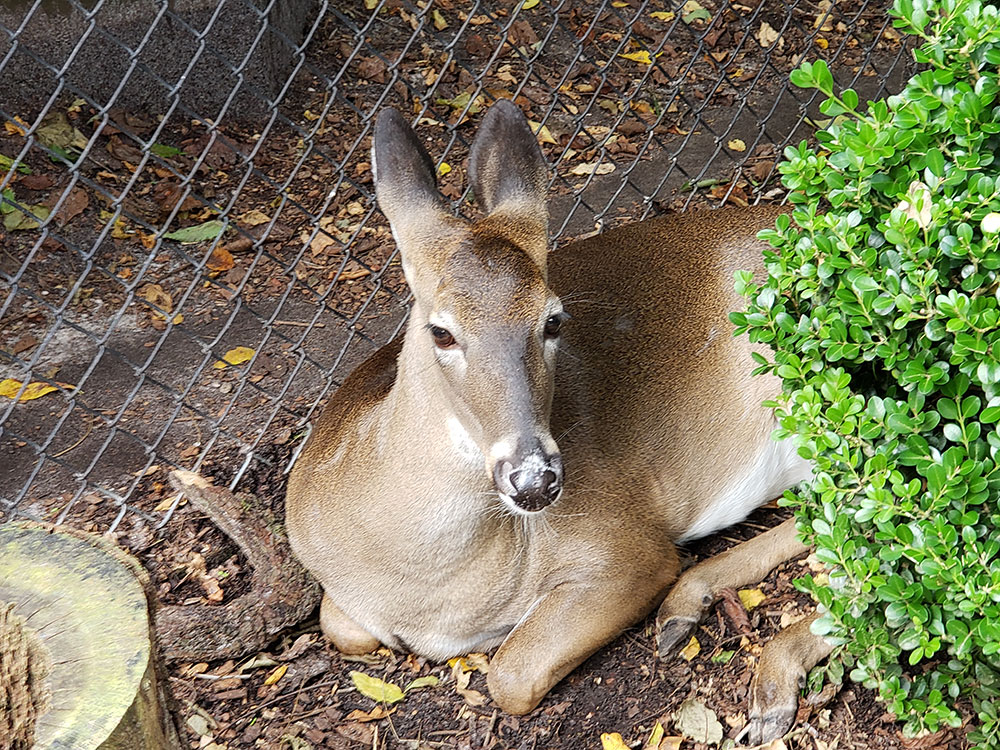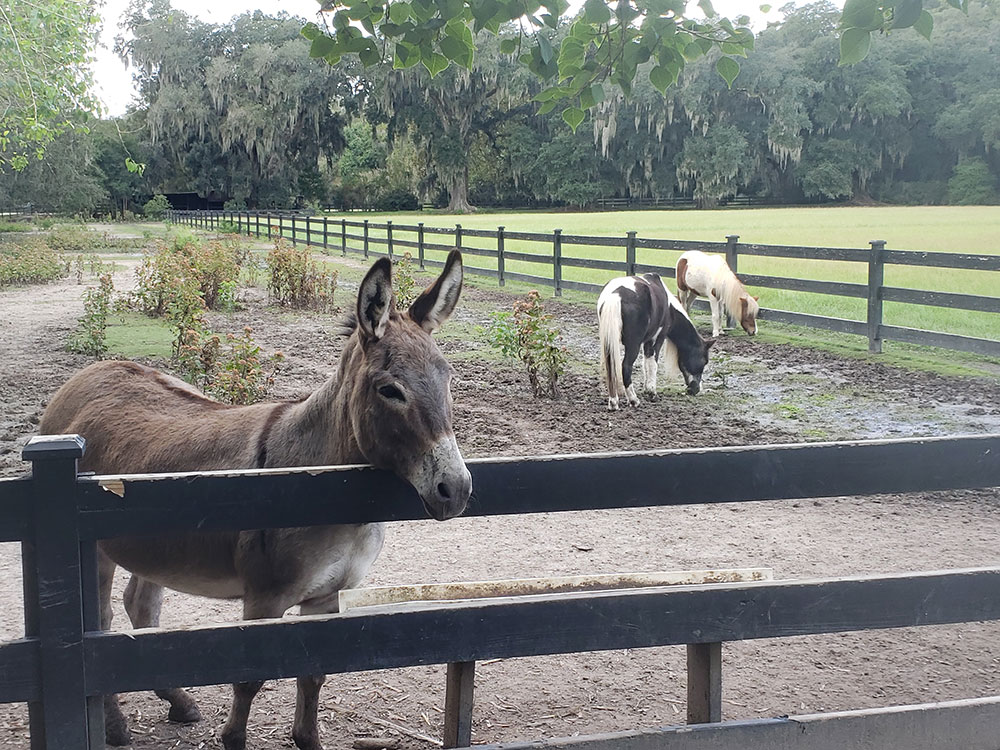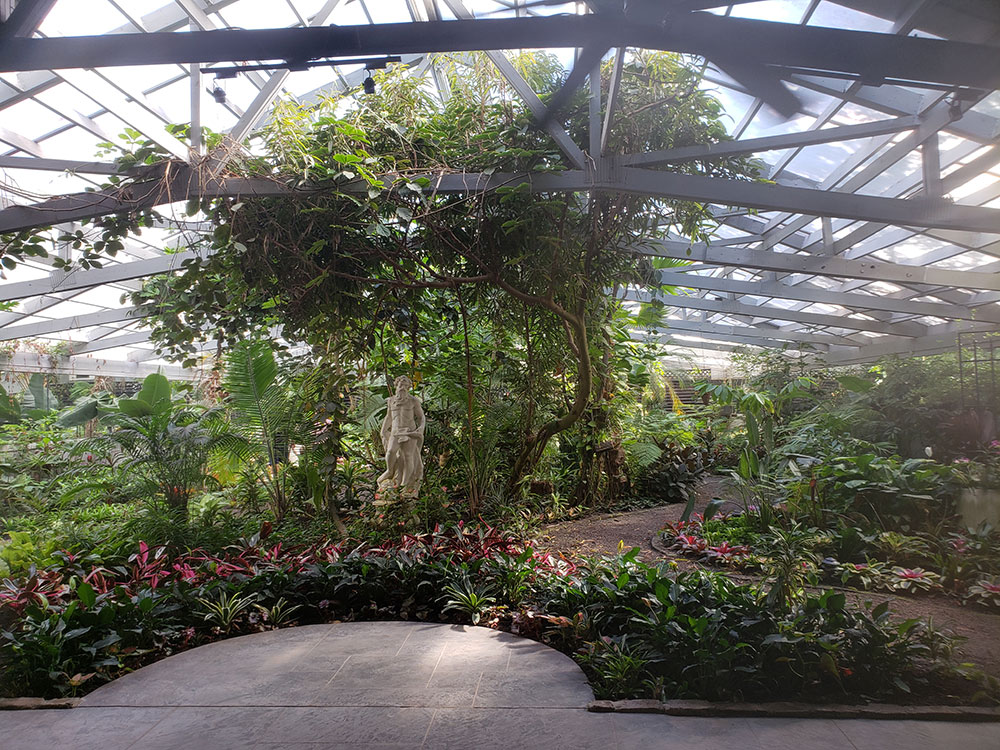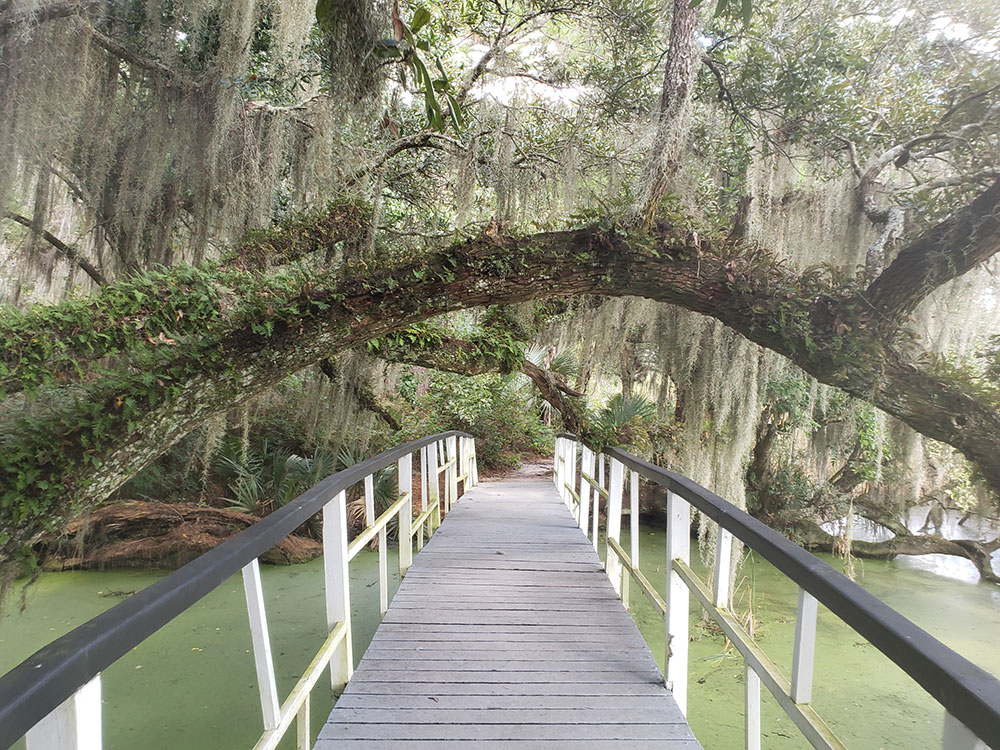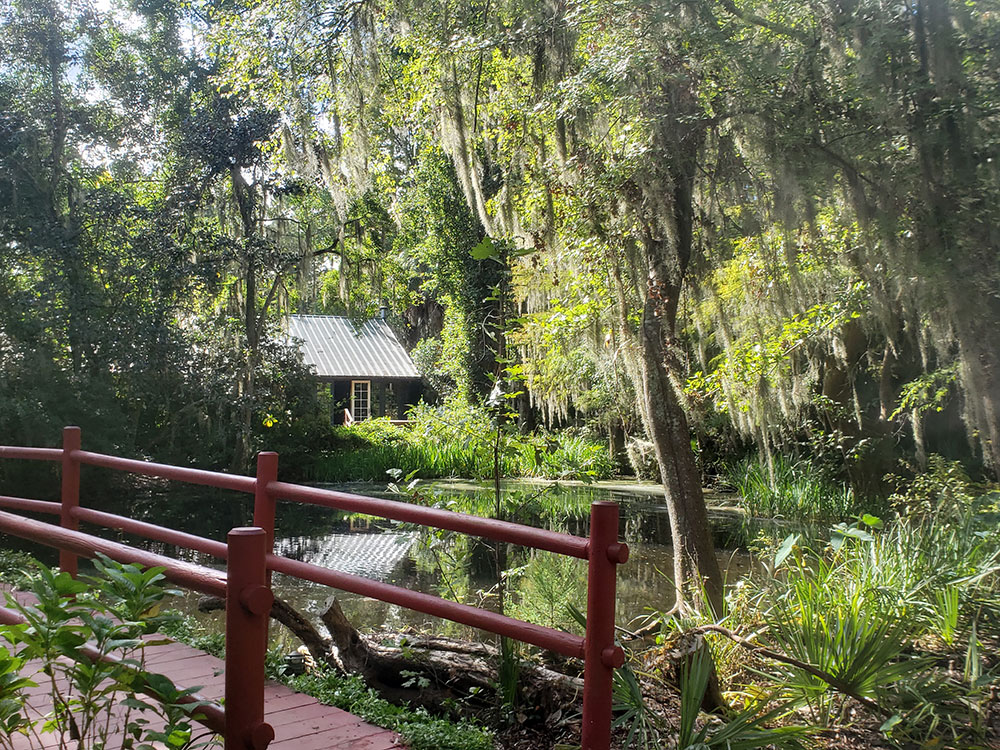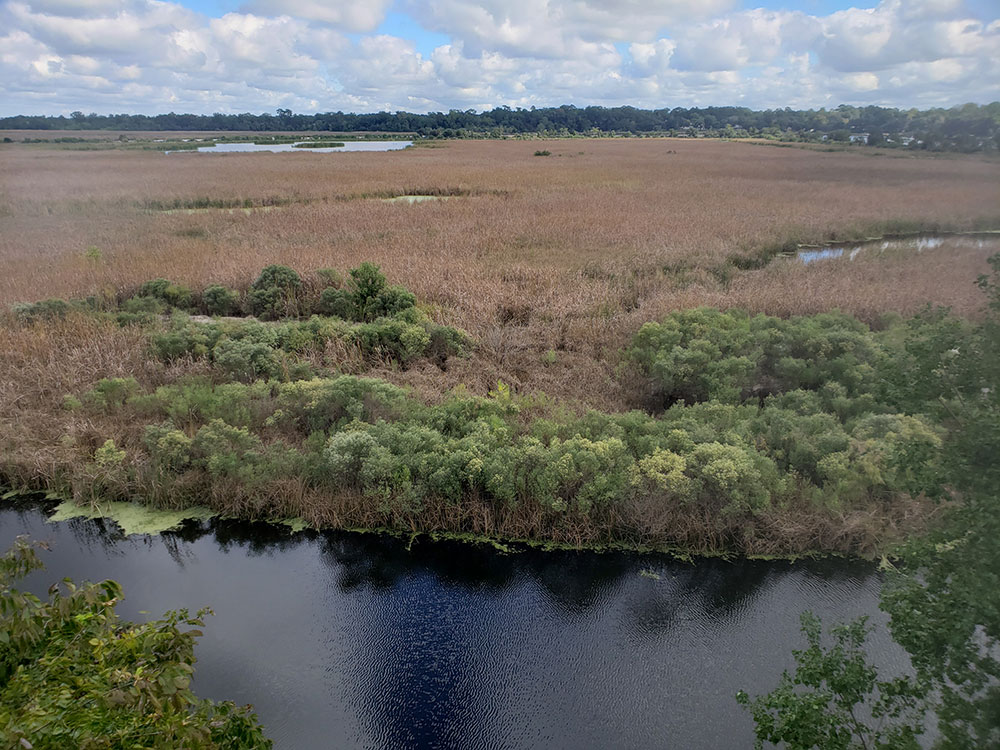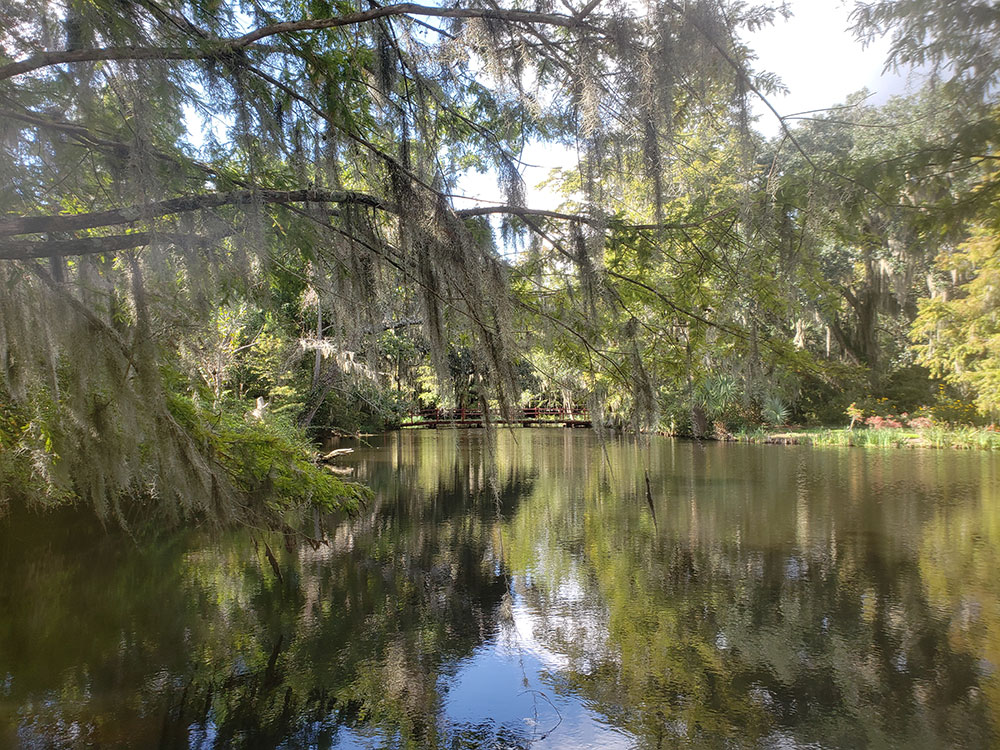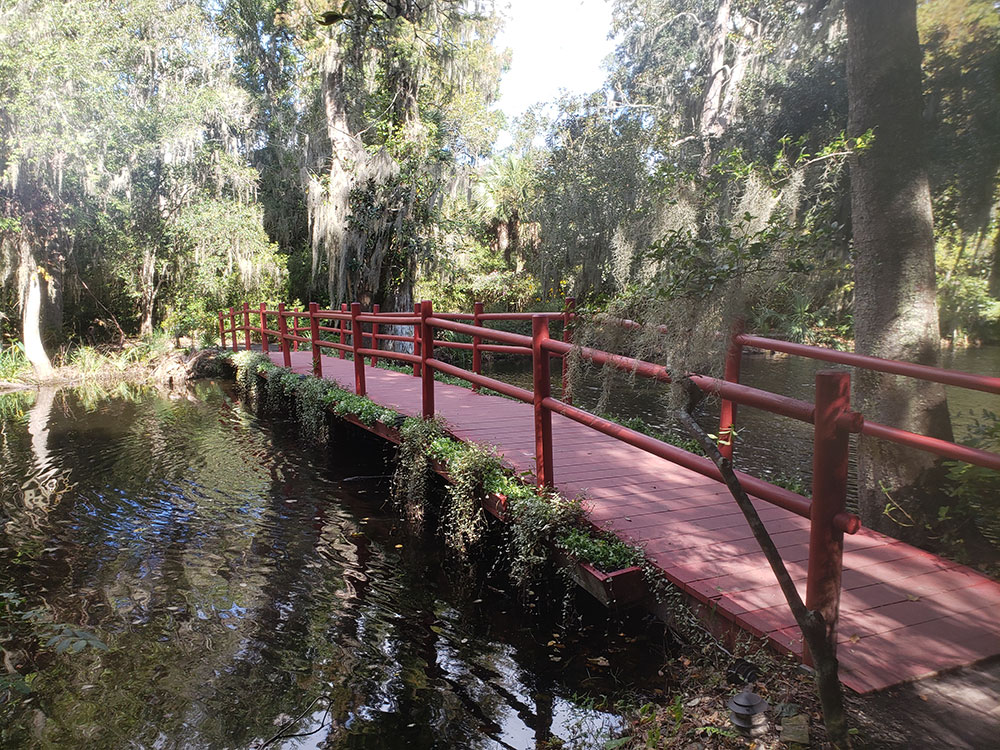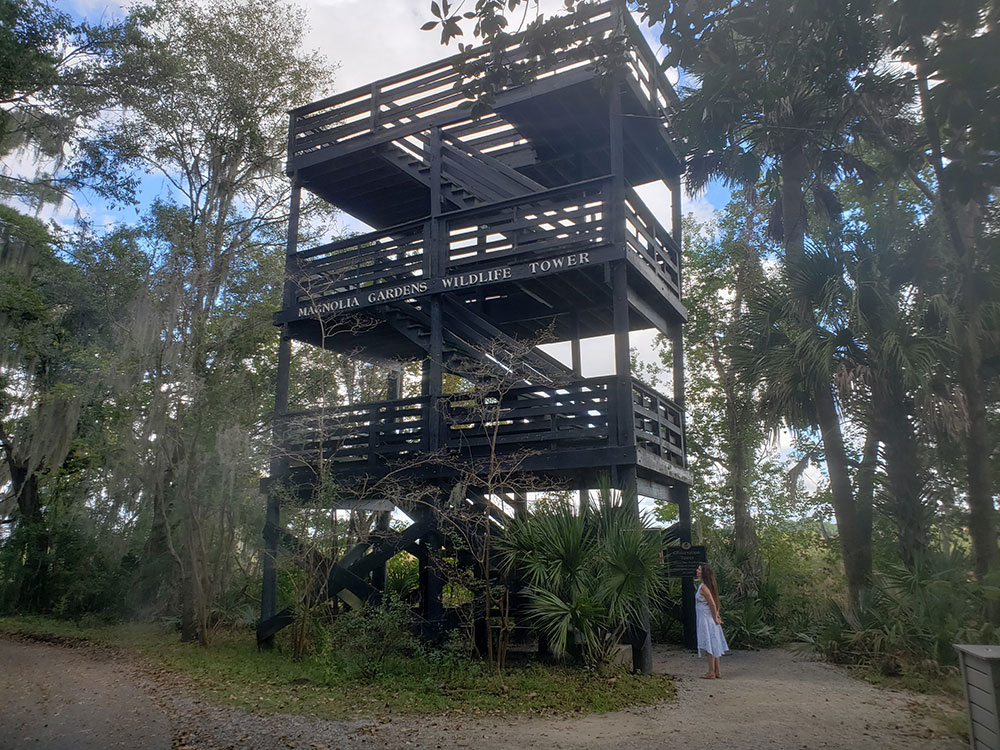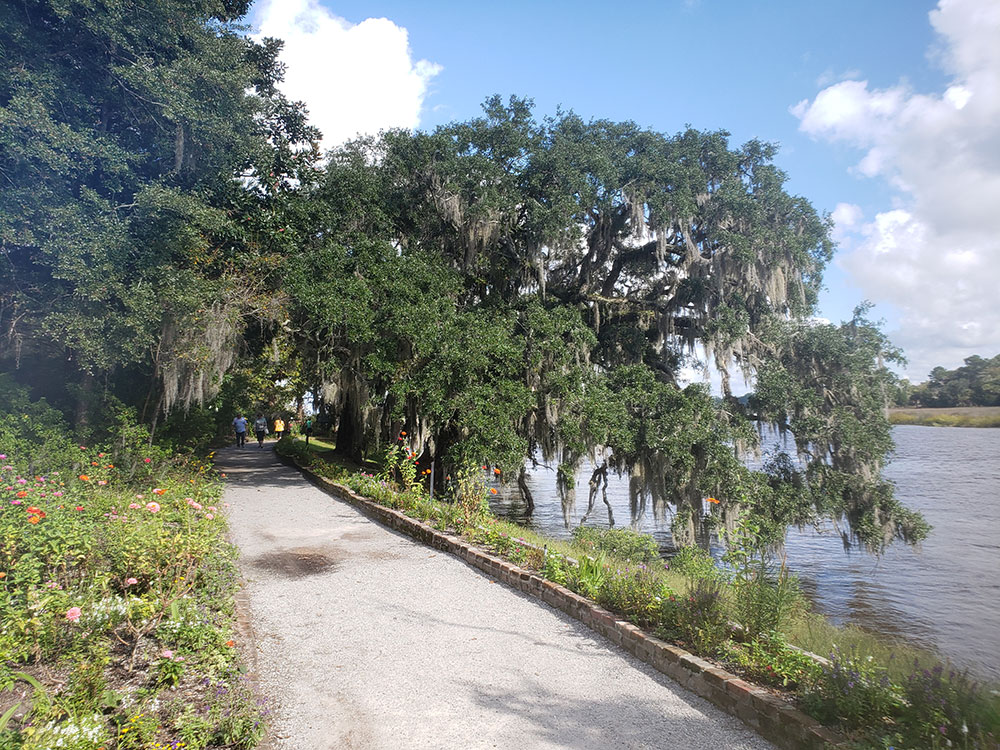Historic house with gardens located on the Ashley River is one of the oldest plantations in the South
General Information
Sunday 1pm to 5pm
How to Get There
Get on SC-30 W. Follow SC-61 N to Magnolia Plantation Rd. Turn right onto Magnolia Plantation Rd.
Overview
Magnolia Plantation and Gardens (464 acres, 187.77 hectares) is a historic house with gardens located on the Ashley River west of Ashley, South Carolina. It is one of the oldest plantations in the South, and listed on the National Register of Historic Places. Magnolia Plantation is located near Charleston and directly across the Ashley River from North Charleston. The house and gardens are open daily.
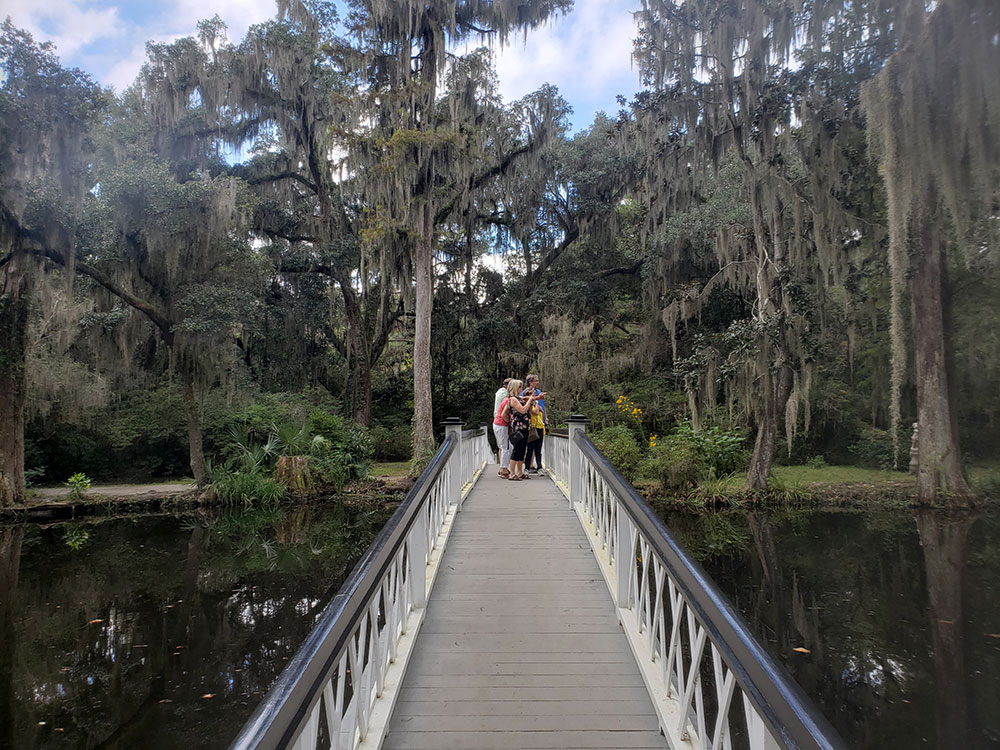
The plantation dates to 1676, when Thomas and Ann Drayton (née Anna Fox) built a house and small formal garden on the site. (The plantation remains under the control of the Drayton family after 15 generations.)
Magnolia was originally a rice plantation, with extensive earthworks of dams and dikes built in fields along the river for irrigating land for rice cultivation.
Magnolia Plantation is operated as a house museum and tourist attraction. It has a reconstructed and restored plantation house, based on what was built after the Civil War. The oldest section was built prior to the Revolutionary War near Summerville. This structure was transported down the Ashley River after the Civil War and added to the house during its rebuilding. The wide verandah and huge columns were added more recently.
Of the five cabins on site, four were built in slavery times and one about 1900. In the Reconstruction period and later, freedmen lived in the former slave cabins. In order to represent the range of enslaved and free black workers' lives, these cabins have been restored to differing periods: one for 1850 and others to decades after the Civil War and into the twentieth century. The interpretive program reflects African-American history at the plantation, From Slavery to Freedom. Archeological work is revealing more about the lives of both slaves and free black workers, who were skilled gardeners and craftsmen.
Major garden features include numerous azalea plantings, as well as:
- Barbados Tropical Garden - indoor tropical garden
- Biblical Garden - plants mentioned in the Bible, with Old Testament and New Testament areas
- Camellia Collection - First Camellia japonica plantings date from the 1820s, with current plantings containing nearly 900 varieties. Nearly 150 were bred in the gardens' nursery
- Cattail Wildlife Refuge - approximately 500 acres (2 km²), with tower for bird observation
- Cypress Lake - Bald cypress trees, up to 100 years old, along riverbanks and wetlands
- Flowerdale (50 acres) - Oldest sections established in 1680. Formal plantings of annuals set within triangular beds enclosed by boxwood hedges. Two large camellias date from the 1840s
- Long Bridge - Built in the 1840s, one of seven bridges on the grounds
- Maze - replica of England's famous Hampton Court maze, but planted with some 500 Camellia sasanqua interspersed with Burford holly. Nearly 14 miles (23 km) of pathways
- Nature Center and Zoo - domesticated animals typical to Southern plantations, injured or orphaned native animals, and exotic birds, including Malayan jungle fowl, guinea hens, and peacocks
- Swamp Garden - emphasizing indigenous plants and rich ecosystem
This article uses material from the Wikipedia article "Magnolia Plantation and Gardens (Charleston, South Carolina))", which is released under the Creative Commons Attribution-Share-Alike License 3.0
